ESRM 201 Plant ID MT 1
1/33
There's no tags or description
Looks like no tags are added yet.
Name | Mastery | Learn | Test | Matching | Spaced |
|---|
No study sessions yet.
34 Terms
angiosperm
seed enclosed in fruit
gymnosperm
seed enclosed in cones (i.e. conifers)
douglas fir
pseudotsuga menziesii
Characteristics: mouse tail bracts on cone, rough thick bark, little apex buds at top of branches, plastic needle arrangement
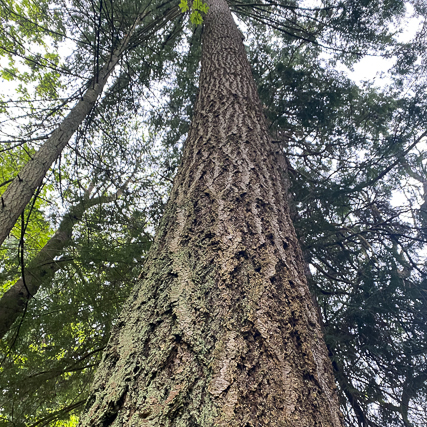
western hemlock
tsuga heterophylla
characteristics: “bad hair day” needle arrangement, small scaly cones, droopy branches, flad rounded needles
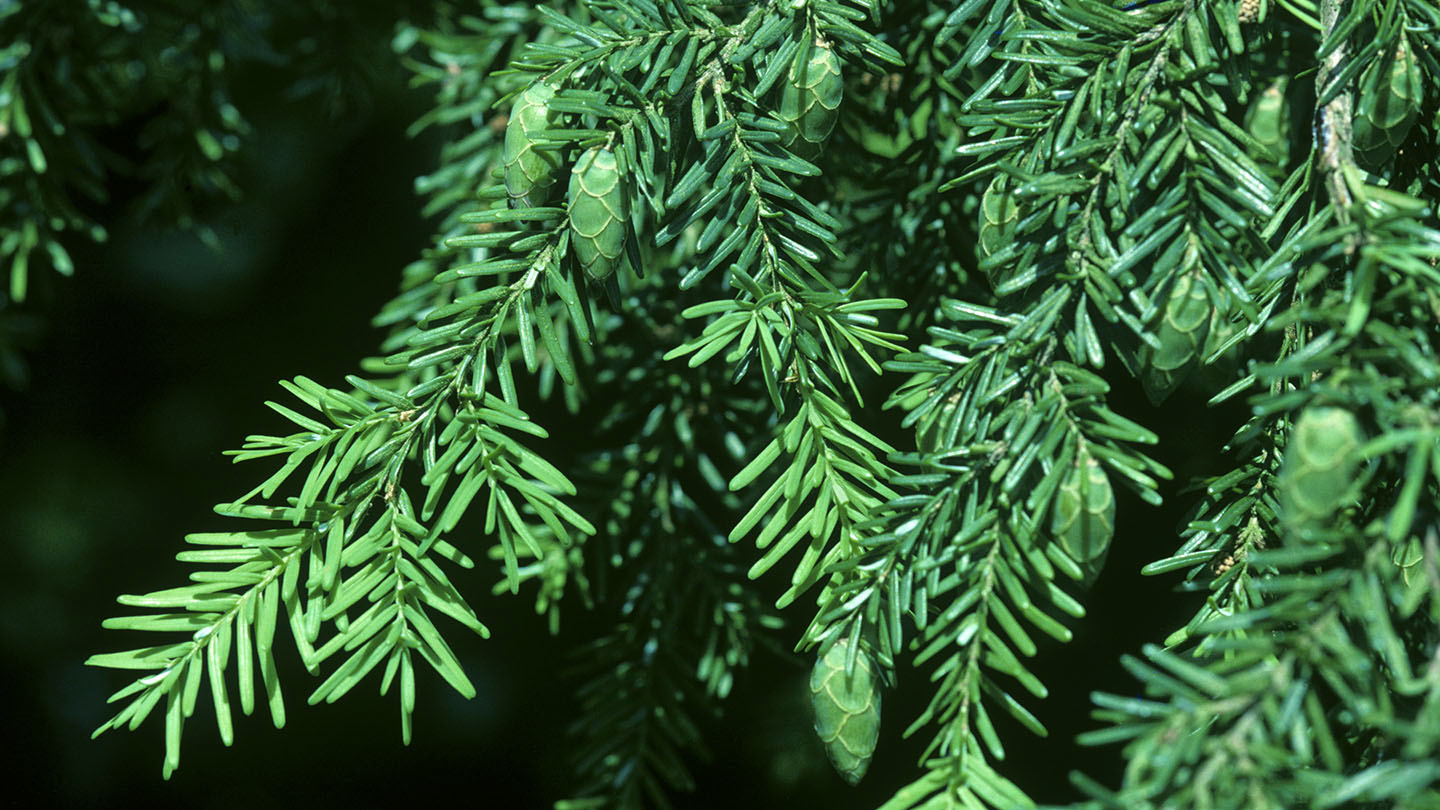
western red cedar
thuja plicata
characteristics: plicated=pleated in latin —> pleated, stripy bark, small rosette shaped cones, flat arranged scaly needles
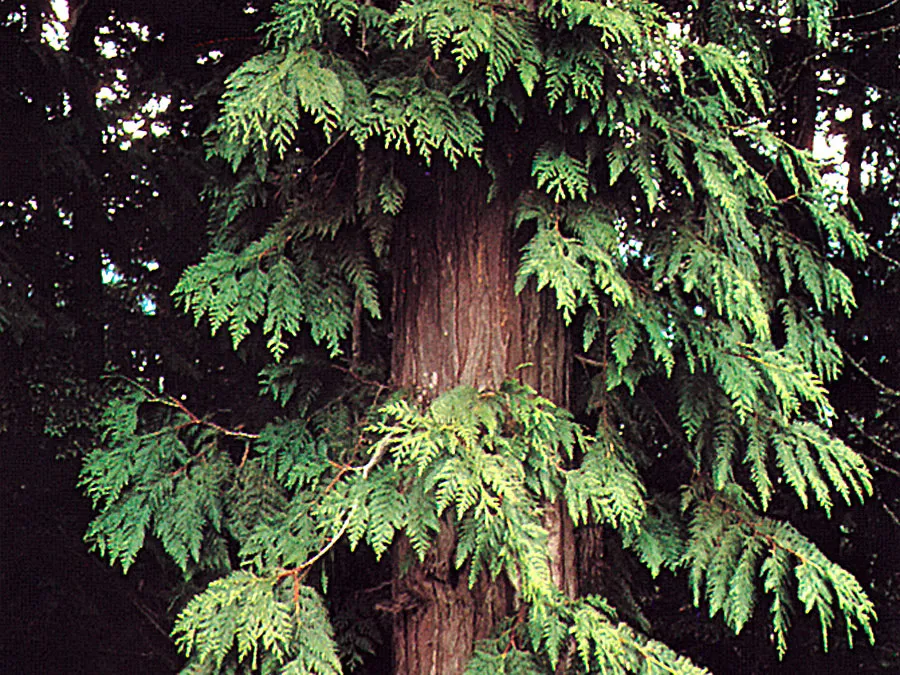
sitka spruce
picea sitchensis
characteristics: spiky needles, bottle brush arrangement, sterigmata pegs left behind when needles fall, plate-like scaly bark
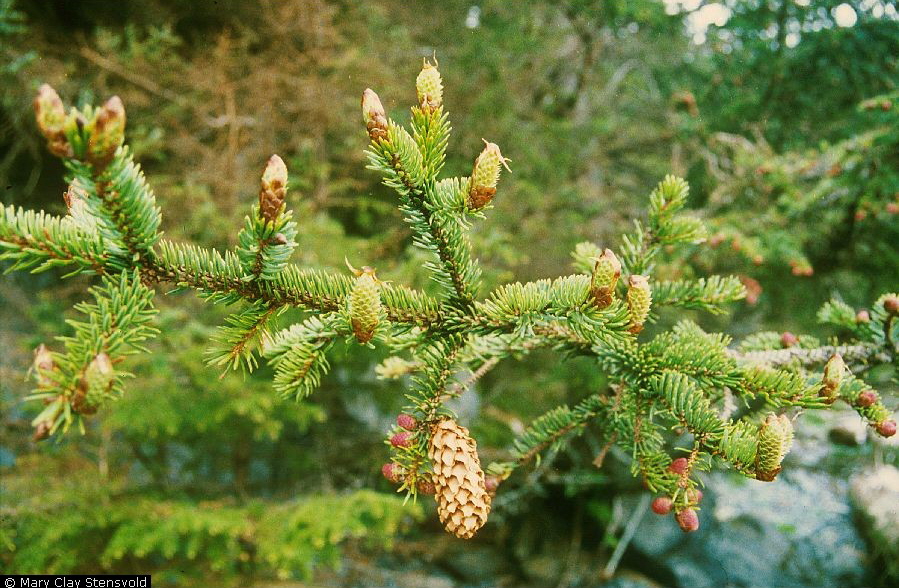
Engelmann spruce
picea engelmannii
chracteristics: blu-ish tint from wax, strong sturdy upward branches, bottle brush arrangement
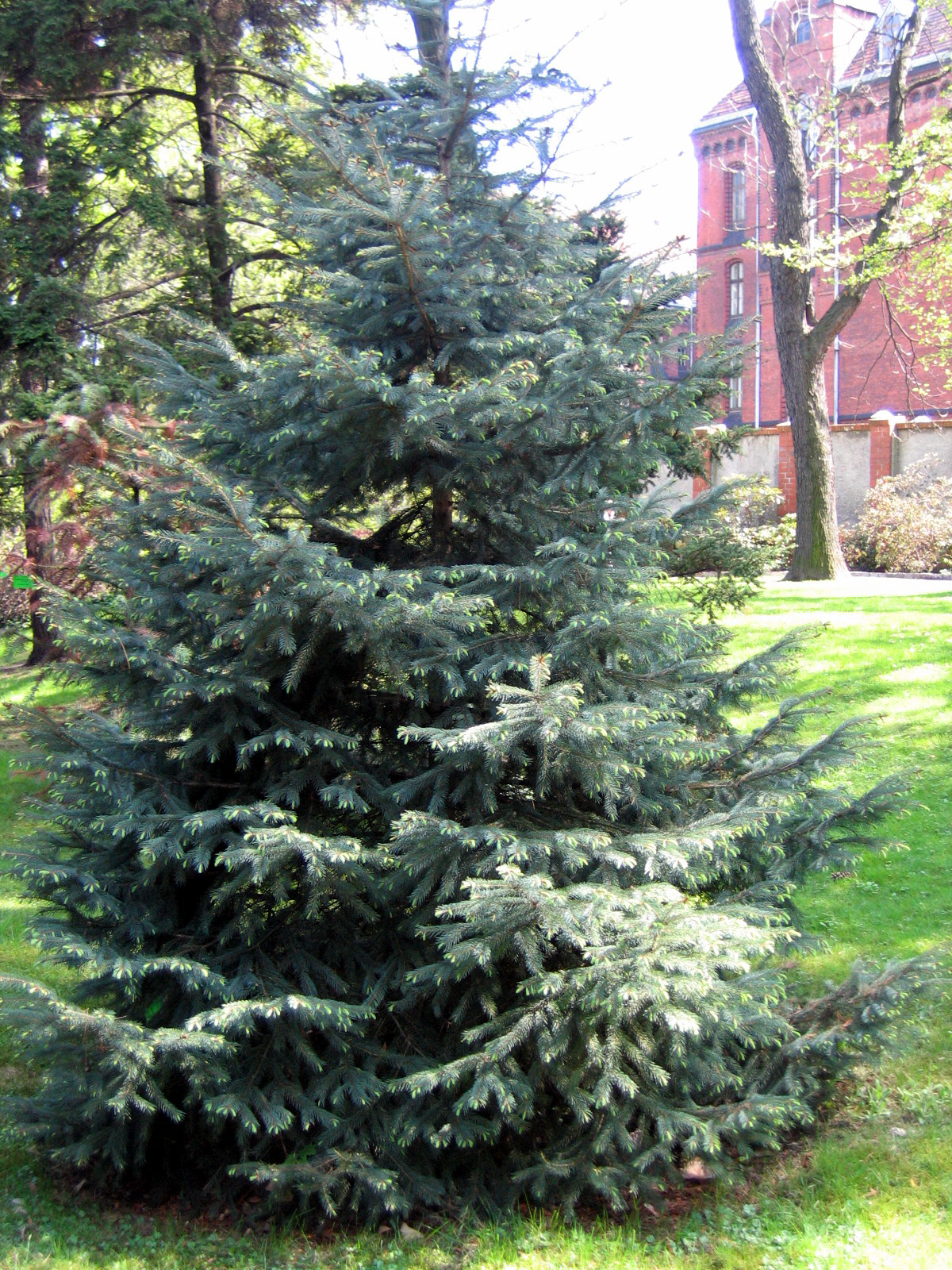
grand fir
abies grandis
characteristics: cruciform branching with flat needle arrangement, citrusy pine scent, few needles on main branch, trunk scars that give eyeball, rounded needle with small notch
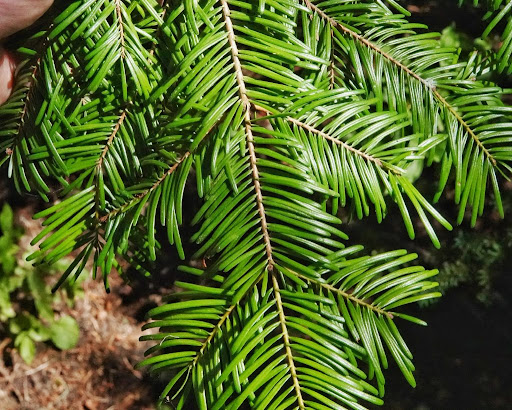
sub-alpine fir
abies lasiocarpa
characteristics: sparse spindly tree, stomatal banding on both sides, terpentine smell
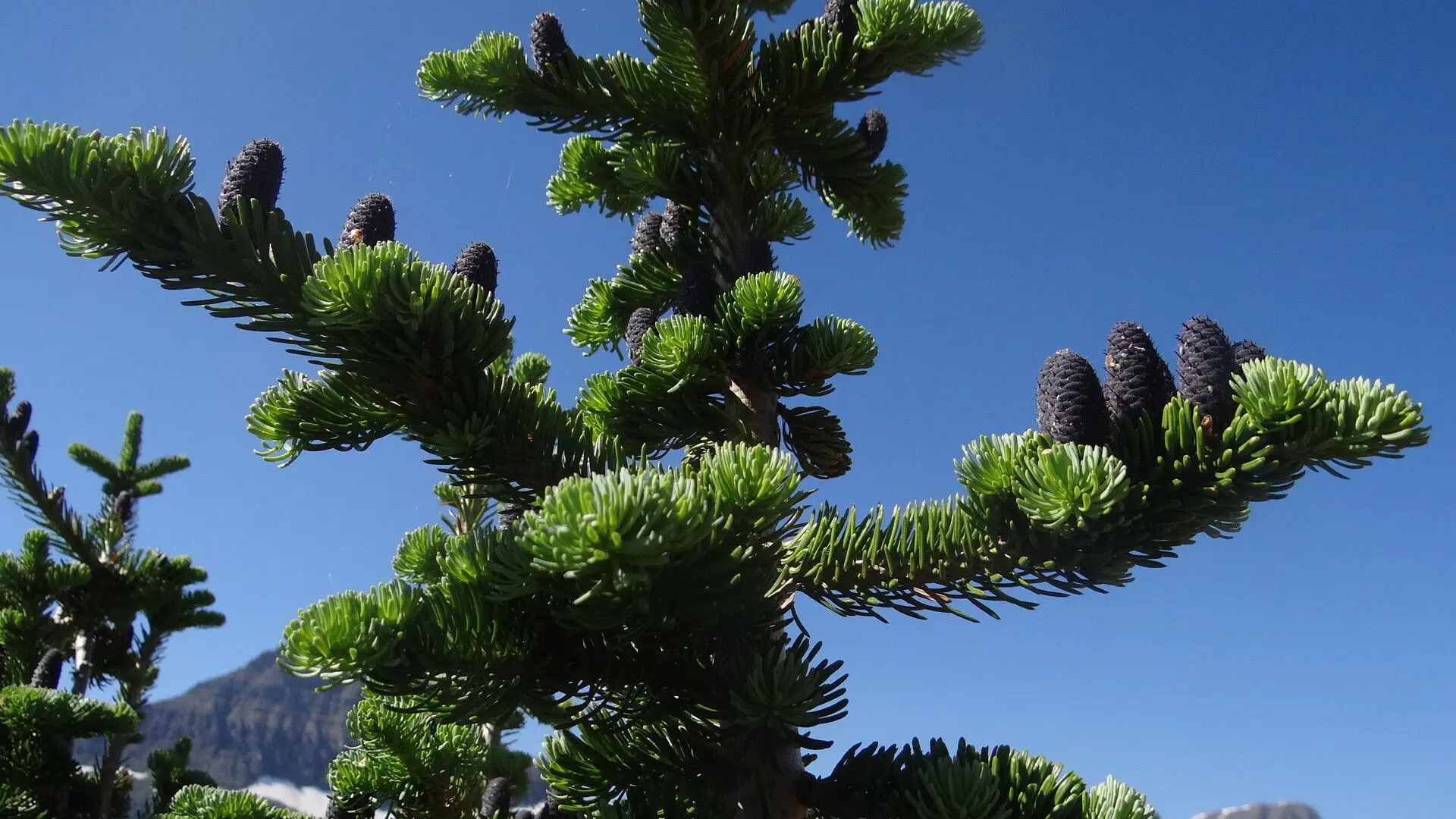
pacific silver fir
abies amabilis
characteristics: rib along top of needle, cruciform and ski jumpers, scars on skinny light brown trunk, 2 bright white stomatal bands
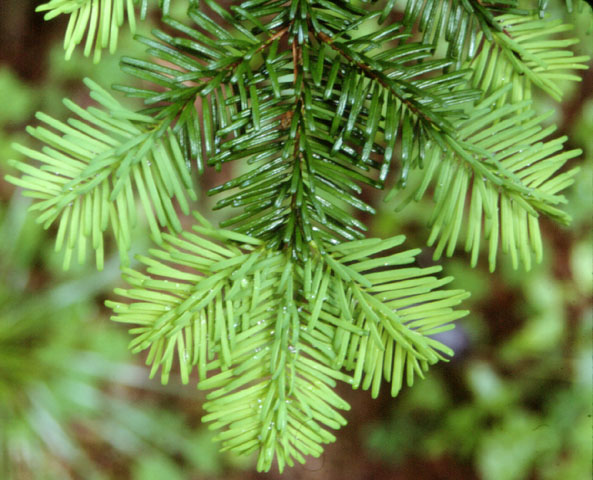
ponderosa pine
pinus ponderosa
characteristics: long 3 fasicle needles, thick bark, sparse tree, low surface area of leaves
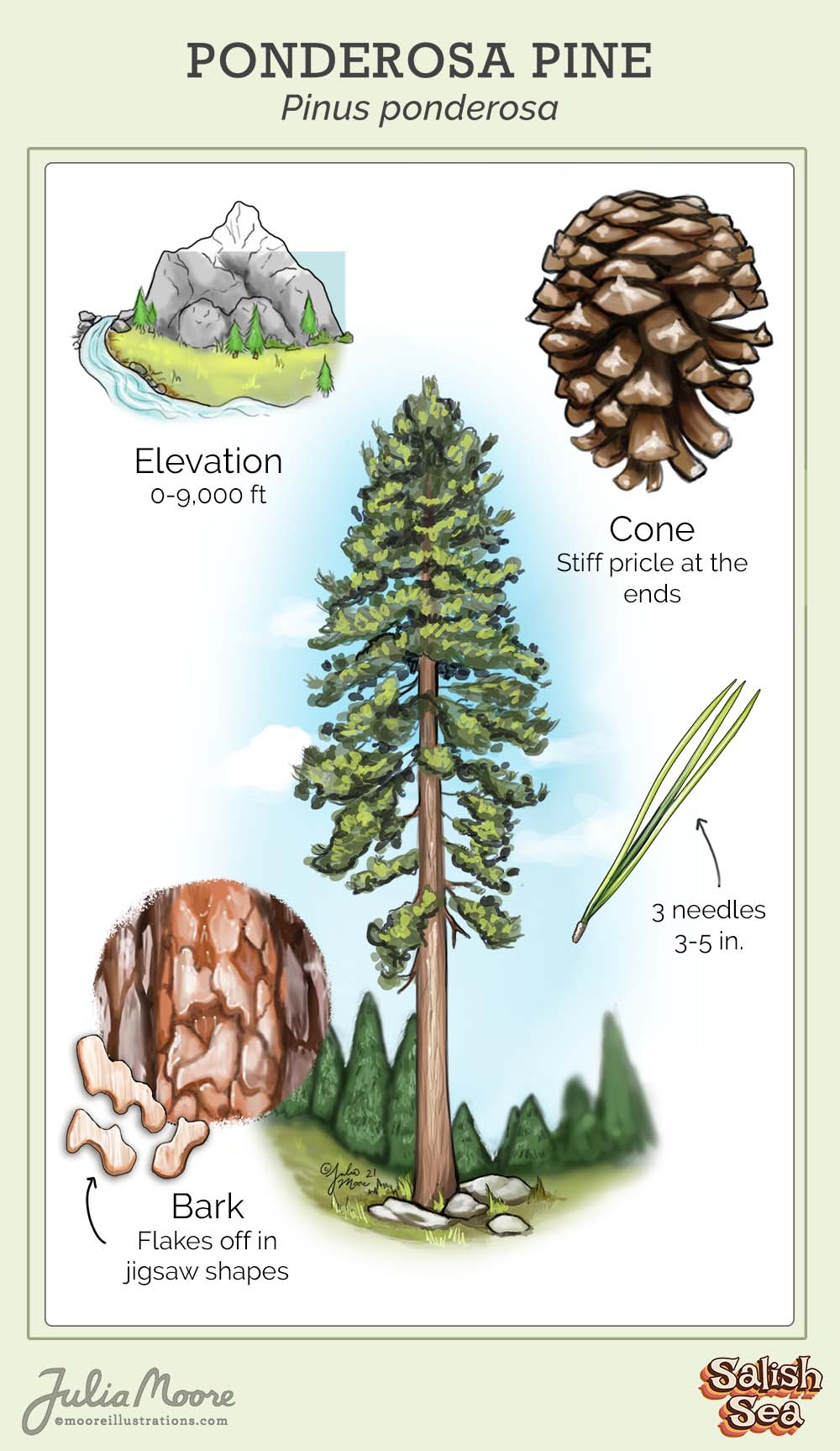
pacific madrone
arbutus menziesii
characteristics: evergreen, scaly bark that peels off to reveal cinnamon , ovular leaves, low apical control, berries
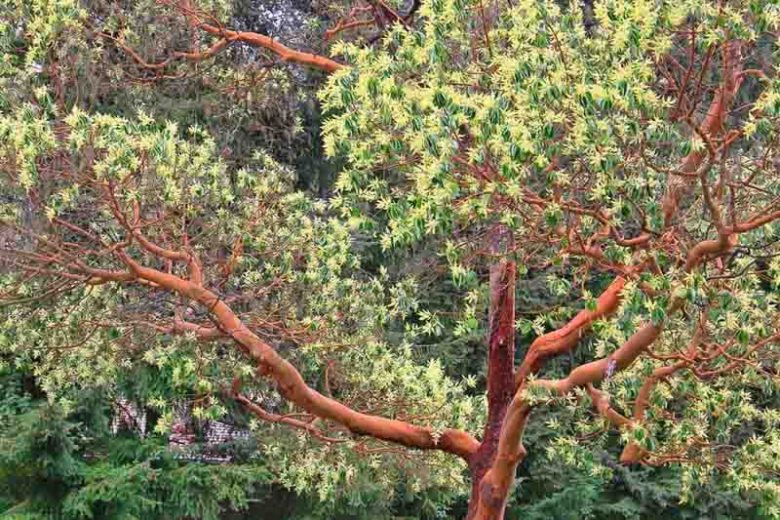
big leaf maple
acer macrophyllum
characteristics: huge dinner plate sized heavily lobed leaves, low apical control, ridged, moisture-rich bark is ideal for epiphytes
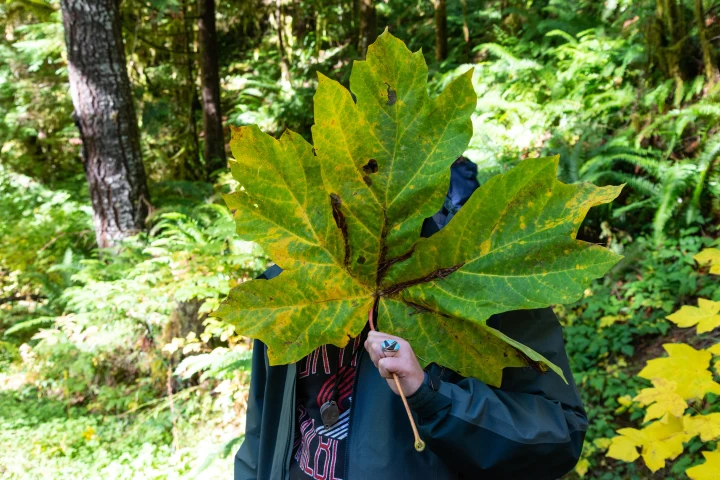
osoberry
oemeleria cerasiformis
characteristics: desiduous, leafs out during early spring before canopy cover inhibits PS, smells like cucumber or snap peas
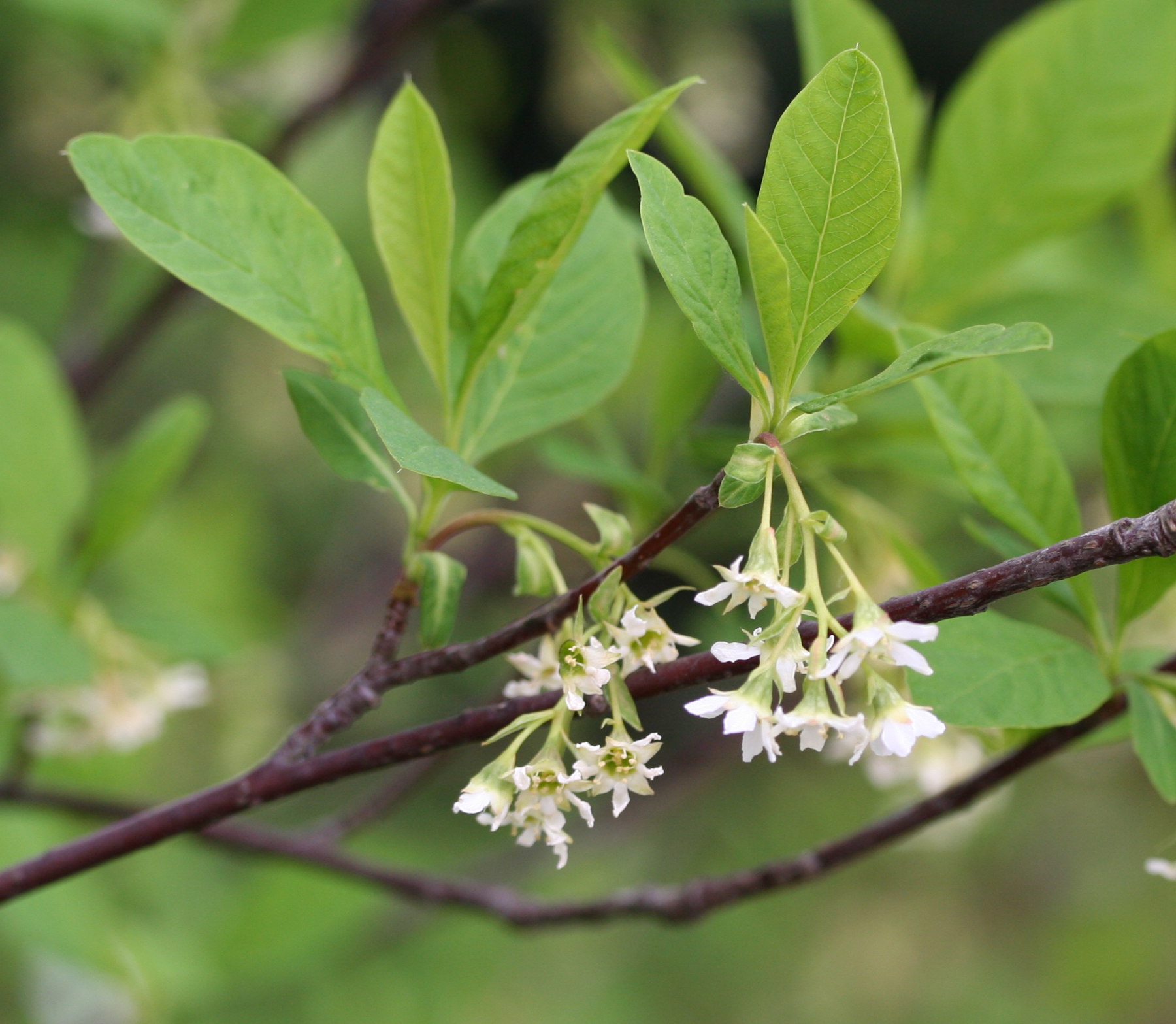
red flowering currant
ribes sanguineum
Characteristics: lobed leaves, small bottle brush arranged five petal flowers, leafs out early—important pollinator, 2nd WPBR host
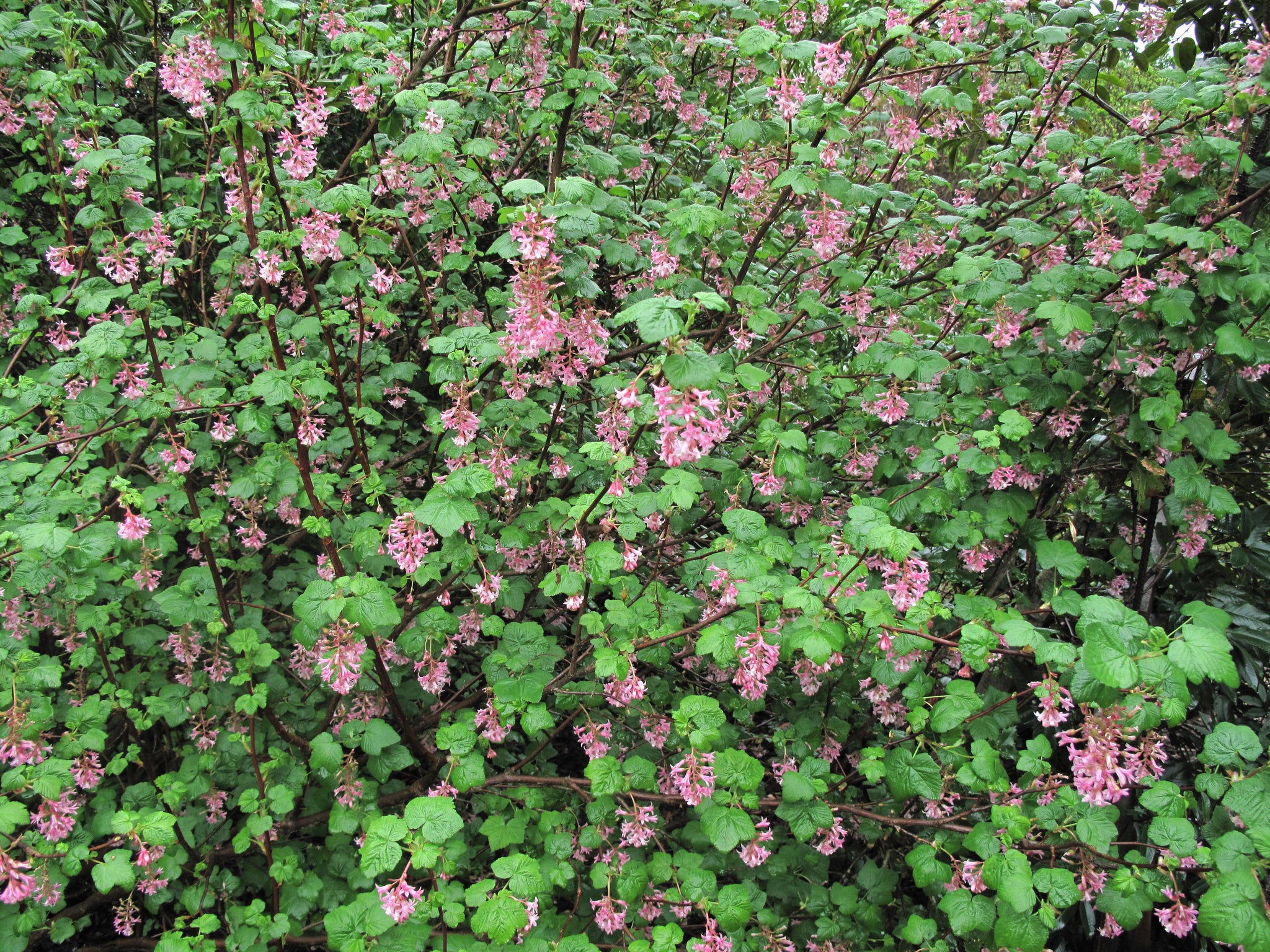
vine maple
acer circinatum
characteristics: branchy/shrubby, smooth greyeenish bark, low apical control, highly lobed rounder relatively medium sized leaves
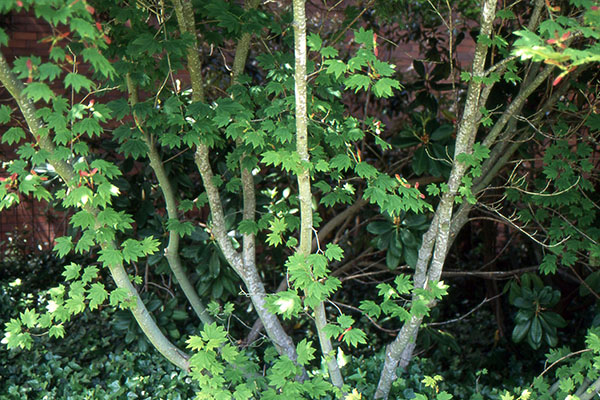
dull oregon grape
mahonia nervosa
characteristics: woody petiole goes all the way down, lighter, duller leaflets, serrated leaf edges, >9 leaflets because nervous so puts on more, yellow flowers that produce berries,
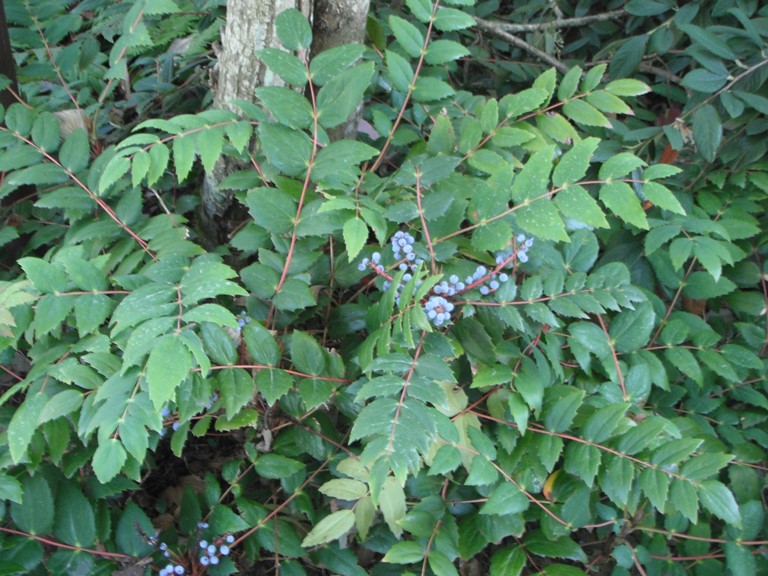
shiny oregon grape
mahonia aquafolim
characteristics: waxy darker coating (shiny like water), <11 leaflets, taller
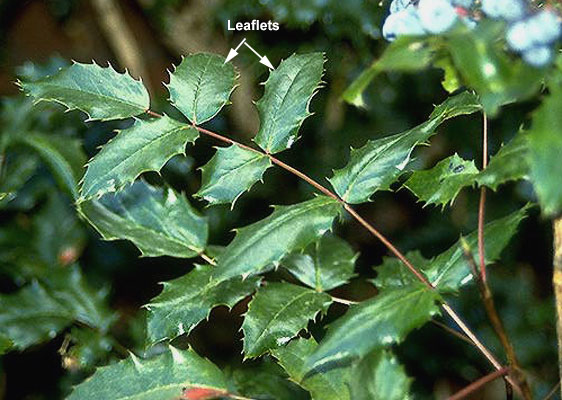
western sword fern
polystichum munitum
characteristics: polySTICH—stitching pattern on underside of fern, leaves look like swords with a hilt, seed packets
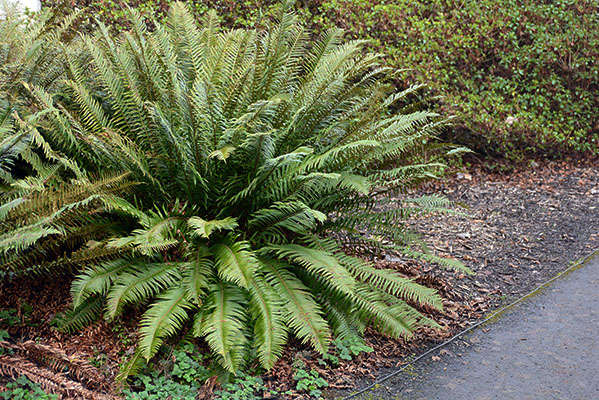
salal
gaultheria shallon
characteristics: thick egg shaped leaves, creeps along understory, evergreen, withstand many conditions, low apical dominance
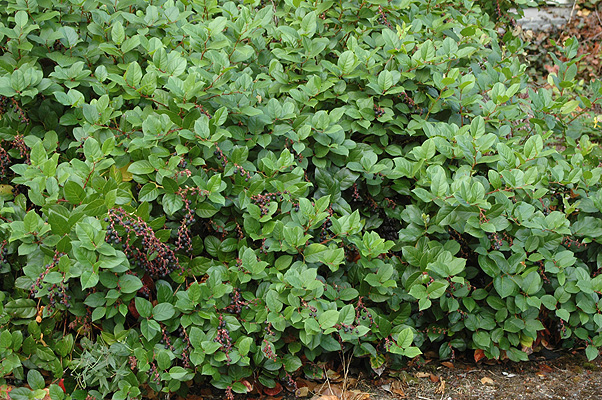
salmon berry
rubus spectabalis
characteristics: 3 leaflet compound leaf, fold over top leaflet—> looks like a butterfly, serrated edges, thin, desiduous, thriny stem…early successional: nutrient poor soil, reproduces quickly because rhizomes allow for resprouting, berries (animal dispersal), not shade tolerant
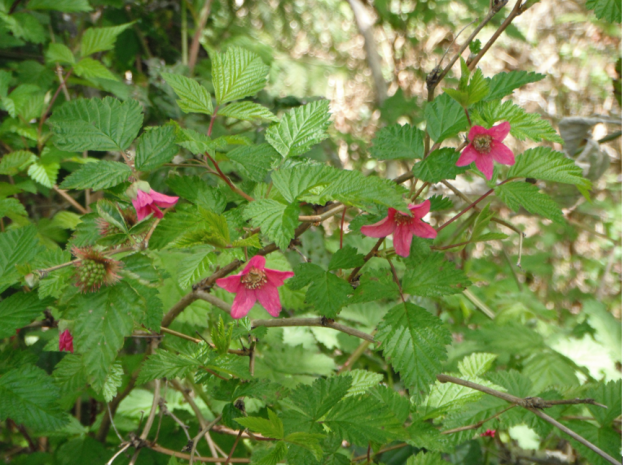
thimble berry
rubus parviflorus
simple leaf, hairs—>soft, large five lobed serrated palmated leaves, no thorns, white flowers…early succession: hairs reflect light instead of comp leaves, rhizomes
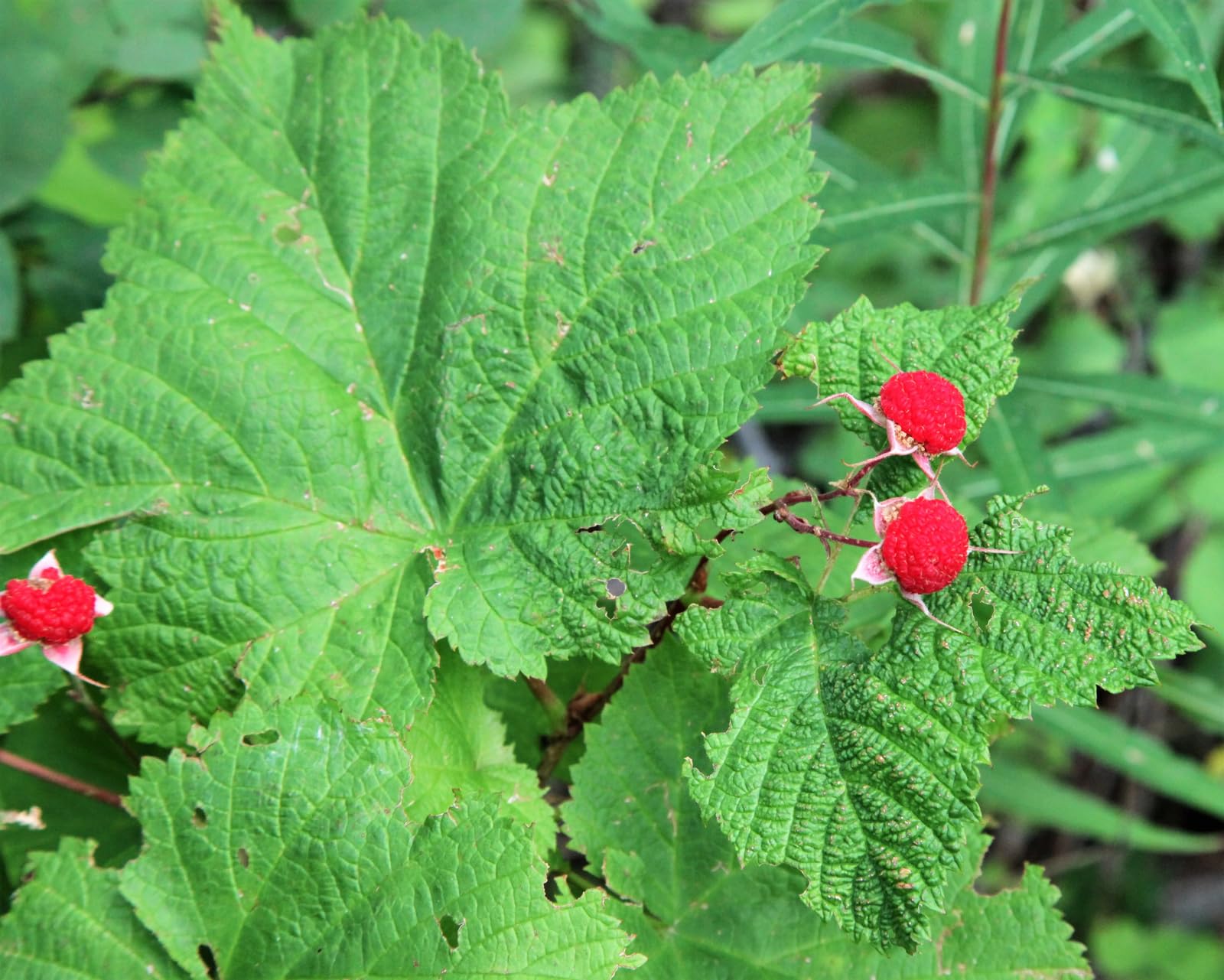
Red alder
alnus rubra
characteristics: pretty smooth bark with blisters (lenticells) that act as snorkels for tree in highly saturated soil, root nodule that fix nitrogen in nutrient poor soil (early succession), orange/red pigment, white patches (lichen), simple leaves that are inruled (bowly), serrated, catkins—coney seed ones, long pollen ones
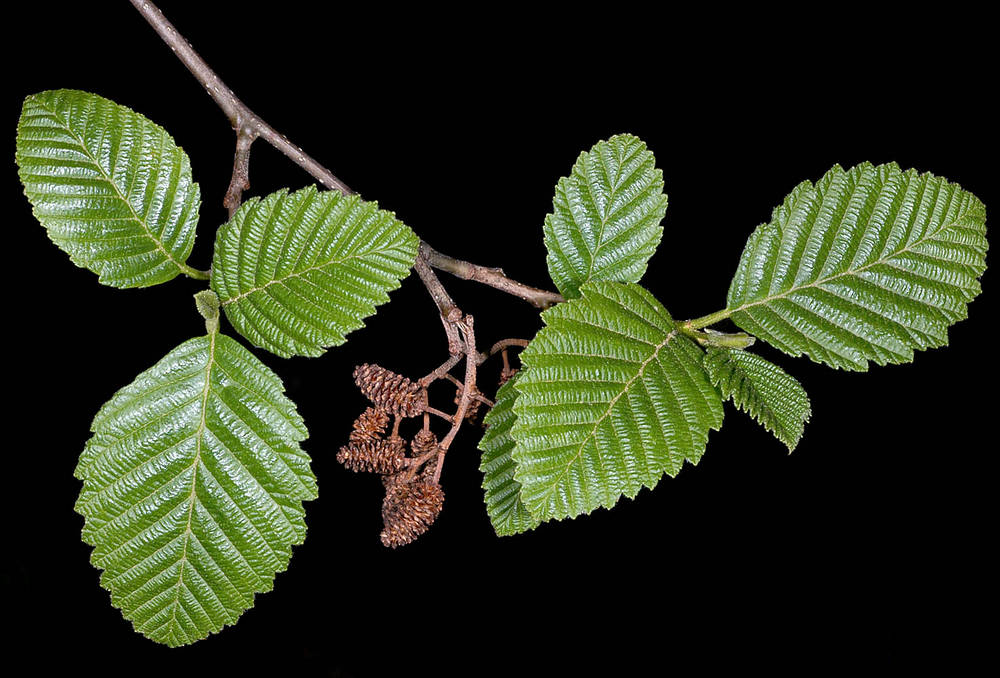
Red elderberry
sambucus racemosa
characteristics: serrated edge leaflets, 5-7 leaflets, sometimes top one is split, edible flowers, berries (animal dispersal), rhizome resprout (early succession), sunny
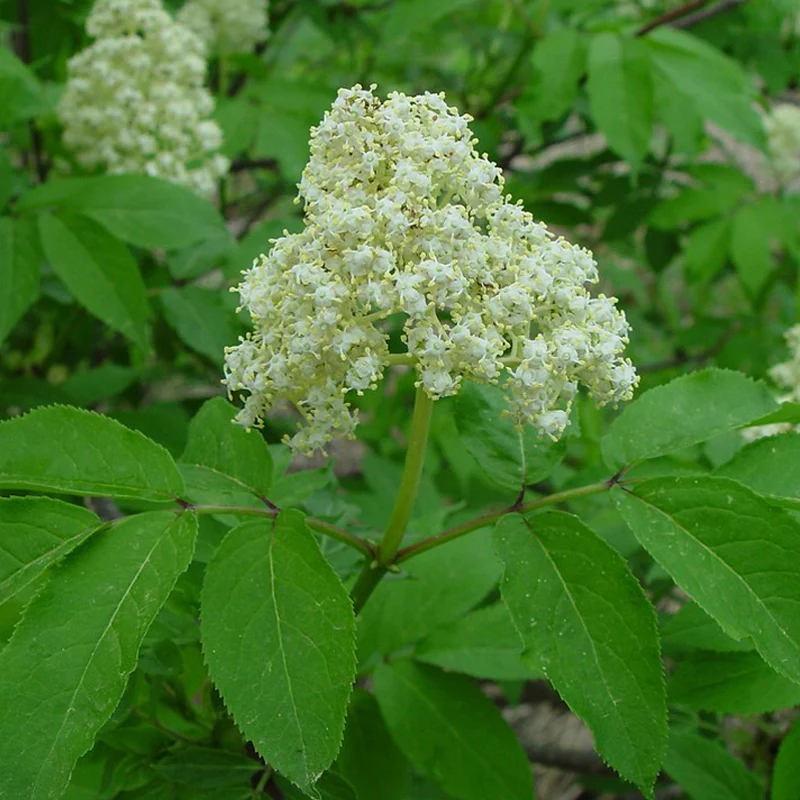
pacific yew
taxus brevifolia
characteristics: taxol harvested for chemo, flat needles with no stomatal banding, bright green underside, not cruciform, red berries, fleshy cones
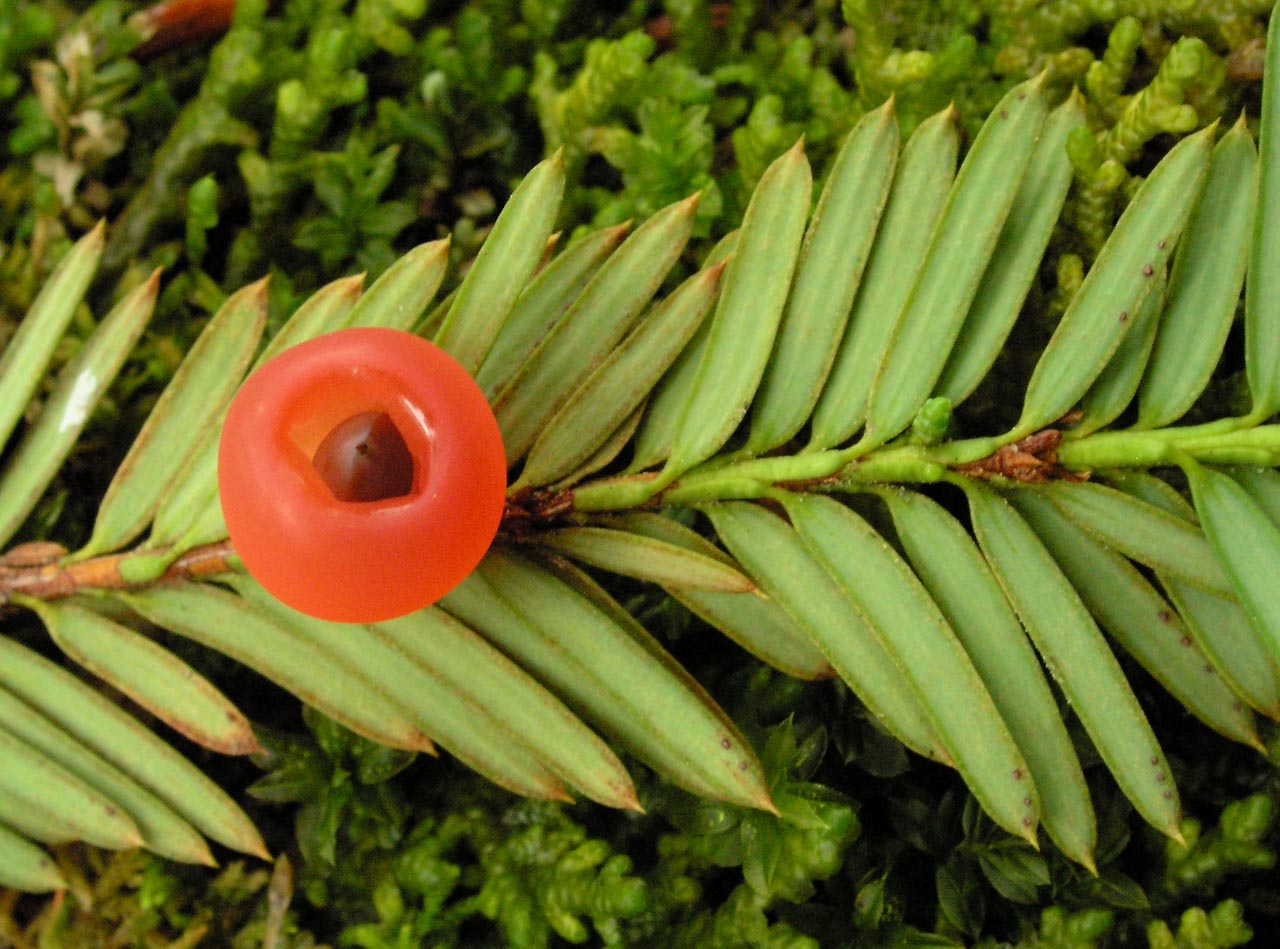
garry oak
quercus garryana
characteristics: lobed longevity leaves—take in as much nutrients as possible, high anti-fungal investment (tannins), acorns
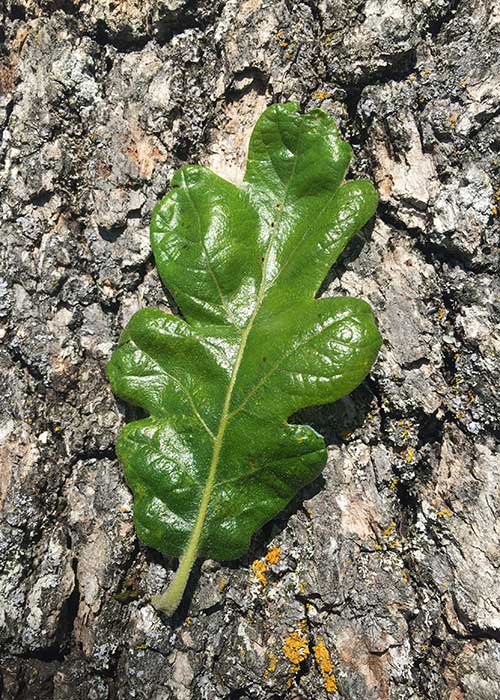
english ivy
hedera helix
characteristics: tri/pent-lobed, vine, invasive
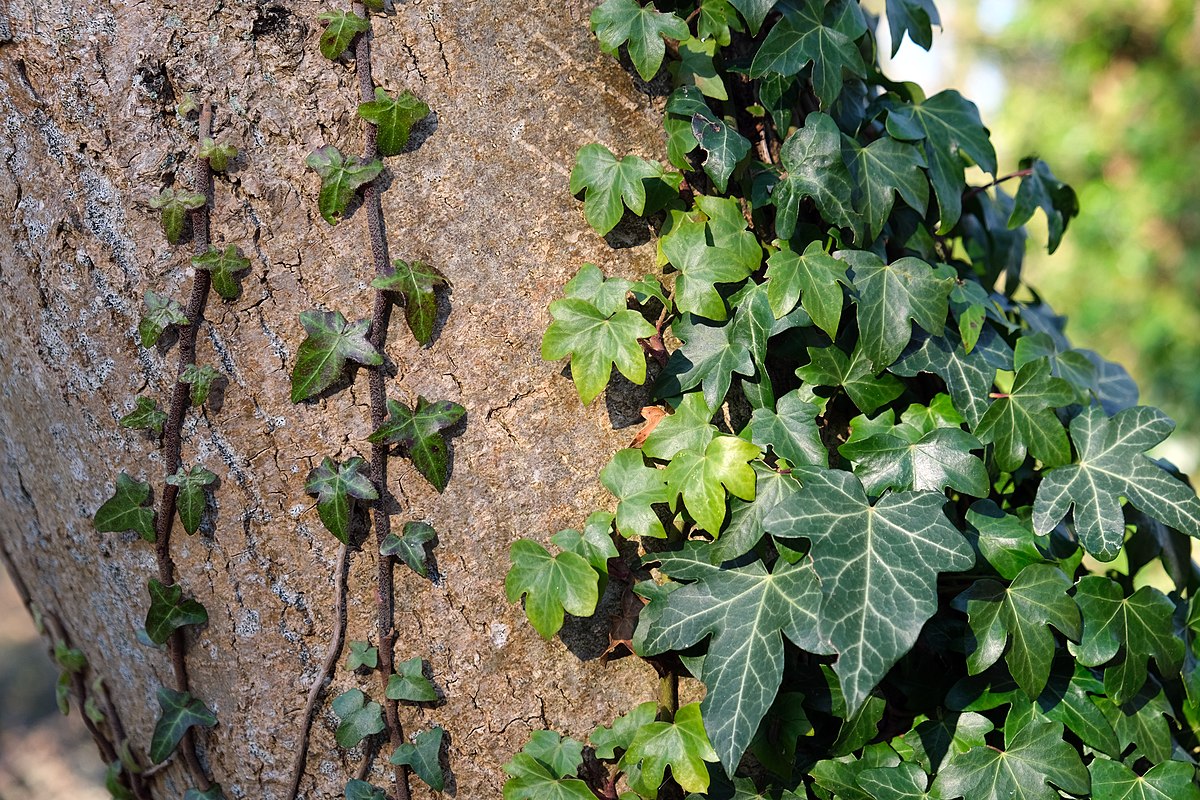
himilayan blackberry
rubus armeniacus
characteristics: looks like salmonberry leaves but thorns on petiole rather than stem, leaf hairs, 3 OR 5 leaflets,
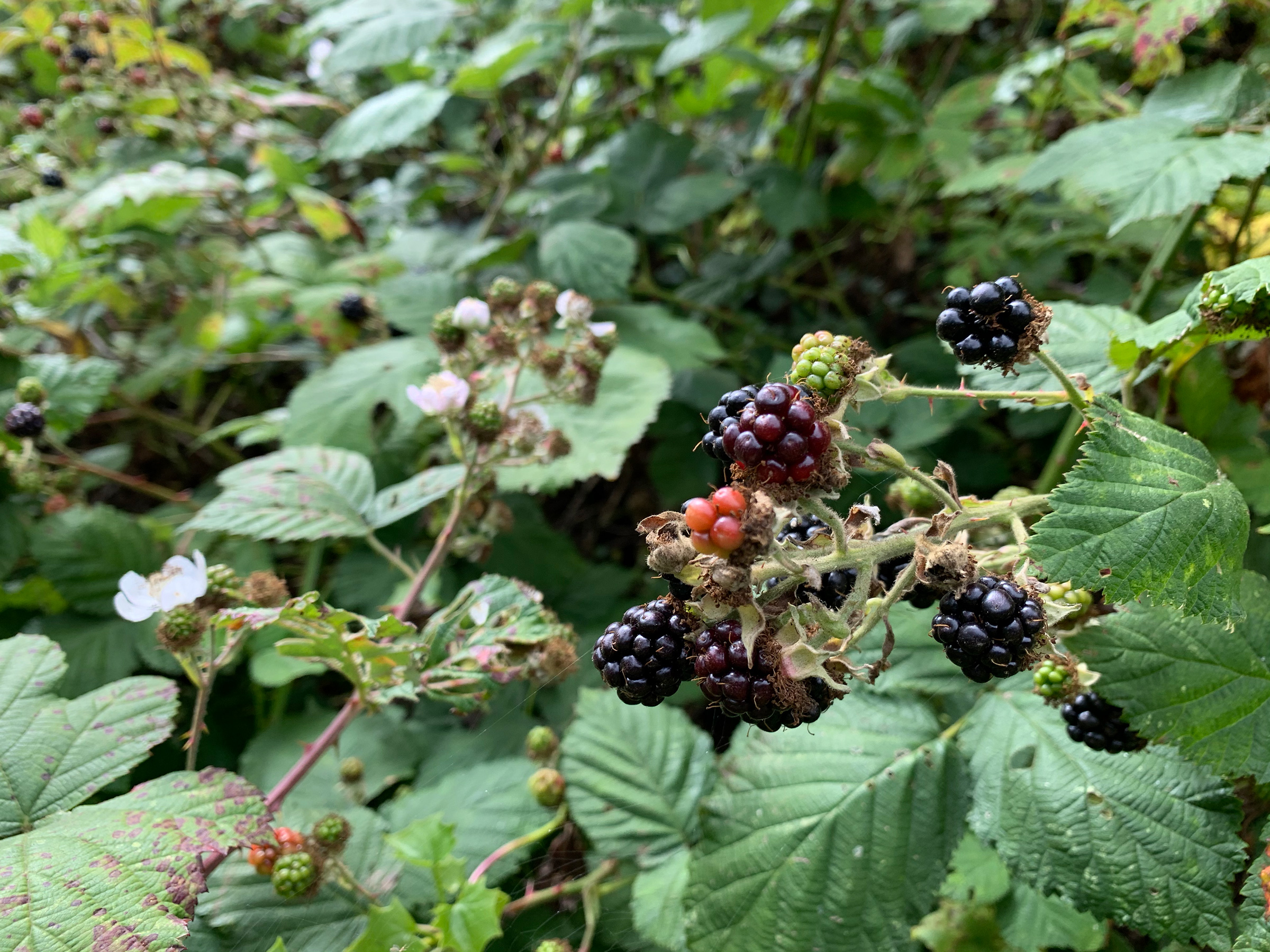
serotinous cones
sealed until high intensity fires occur and reeseeding is needed i.e. pinus contorda
early vs intermediate vs late succession
early: high sun exposure, rhizomes/regrowth techniques, plants include rubus parvifolium and spectabalis, alnus rubra
intermediate: shade tolerance increasing, leaf surface area inc
late: high canopy cover, shade tolerant af, i.e. douglas fir
soil textures
clay: thick due to compactness of small particles, more moisture=higher respiration rate
silt: inbetween
sand: grainy, large particles, good drainage—>deep rooted plants, higher rate of decomposition (higher O2 circ)
respectively 20, 40, 40 = loam
carkeek park
secondary succession zone due to mill and fishery
UBNA
restoration site form past as waste dump